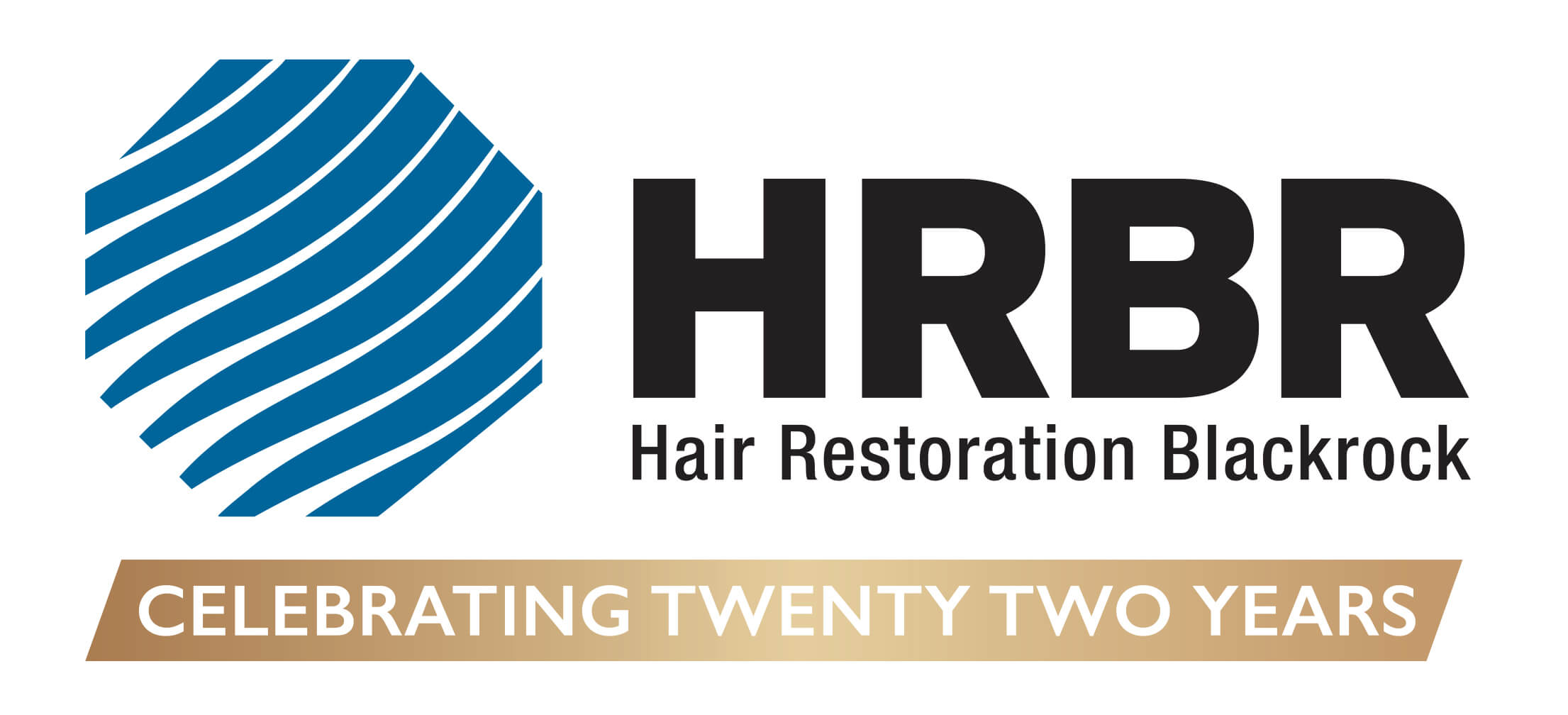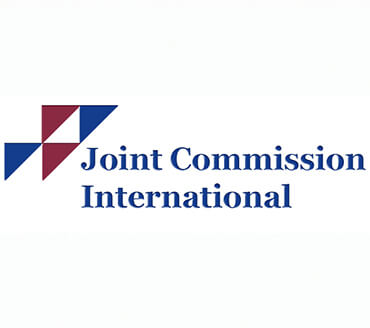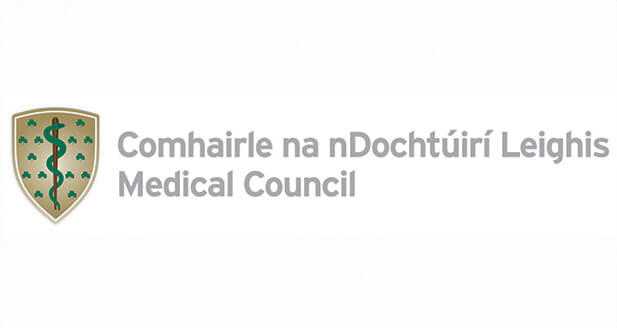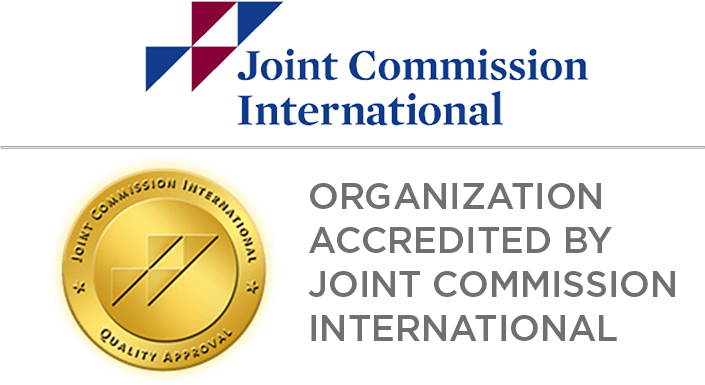Hair transplantation has seen significant advancements in recent years, and among the techniques gaining popularity is Direct Hair Implantation (DHI). Frequently marketed as a cutting-edge solution, DHI is often seen as an evolution of the Follicular Unit Extraction (FUE) method. At HRBR, however, we approach such techniques with a critical, evidence-based mindset, prioritising long-term results and patient outcomes over trends.
What Is the DHI Technique?
DHI involves extracting individual hair follicles from the donor area and immediately implanting them into the recipient site using a specialised tool. This device is designed to simultaneously create the incision and insert the graft, in contrast to the traditional two-step process used in FUE.
Claimed Advantages of DHI
Proponents of DHI often cite several potential benefits:
- Greater control over depth, angle, and direction of implantation
- Reduced trauma to the scalp
- Higher graft survival rate
- Possibility of performing the procedure without shaving the recipient area
While these features may sound appealing, it is crucial to consider them in context.
HRBR’s Perspective: Why We Do Not Generally Perform DHI
At HRBR, we place the highest value on the artistry, skill, and precision required in hair transplantation. Based on our extensive experience and results-driven practice, we believe DHI presents several limitations that compromise optimal outcomes:
1. Limited Surgical Planning
The DHI technique, by design, makes incisions and places grafts simultaneously. This impairs the ability to carefully plan the overall hair transplant design, which is critical in achieving natural-looking results. Our approach separates incision-making from implantation to allow for thoughtful, strategic placement.
2. Unpredictable Graft Sizing
The Implanter Pen can make it difficult to determine the exact size and nature of the grafts before insertion. This may result in large or irregular grafts being placed in cosmetically sensitive areas such as the hairline, where precision and finesse are essential. This can result in a very unnatural looking hairline.
3. Suboptimal Hair Angle Control
Achieving the correct angle of hair growth is one of the most important aspects of a natural transplant. With DHI, the angle is set by the implanter, removing the opportunity for a skilled technician to adjust and fine-tune the direction based on each graft’s unique characteristics and location on the scalp.
4. Technology Cannot Replace Expertise
While tools like the implanter pen may seem advanced, they cannot replace the hands-on knowledge and surgical insight of an experienced doctor and team. Hair transplantation is as much an art as it is a science. At HRBR, we believe that human expertise, meticulous planning, and careful technique deliver far superior and more natural outcomes than automated or simplified methods.
Final Thoughts
DHI is not without merit, and it may suit certain clinics or patients. However, at HRBR, we do not generally perform this technique as we believe it introduces compromises that can detract from the overall quality and longevity of the results.
Patients considering hair restoration should focus less on brand-name techniques and more on the skill, experience, and integrity of the team performing the procedure.
If you’d like to explore your options or learn more about our methodology, please get in touch with our team. We’re here to help you make informed, confident decisions about your hair restoration journey.









